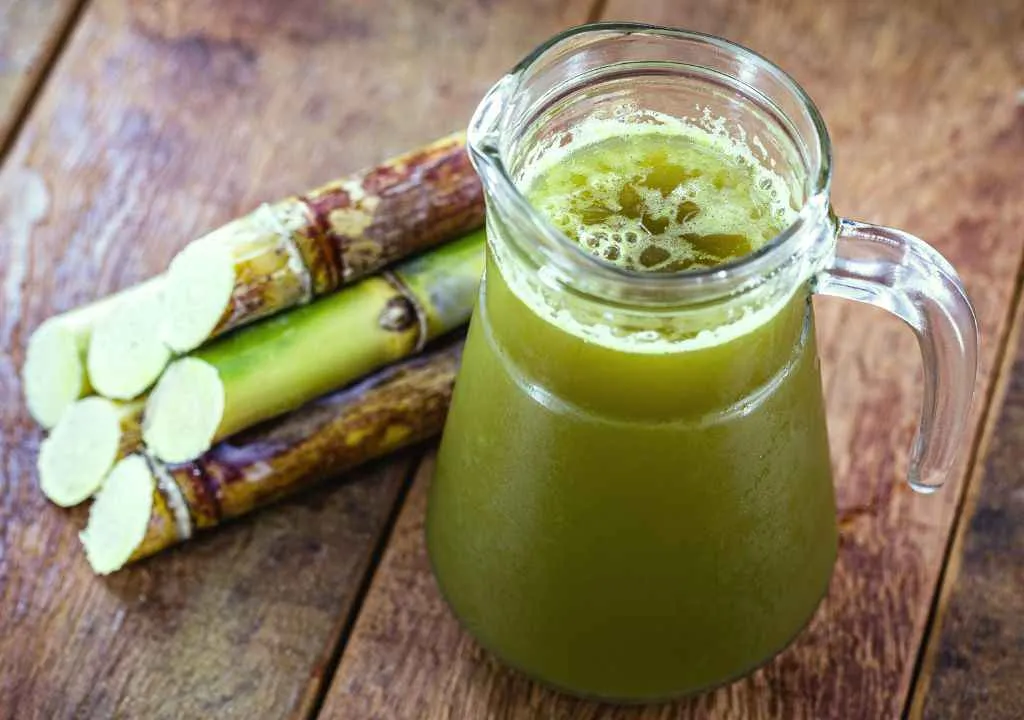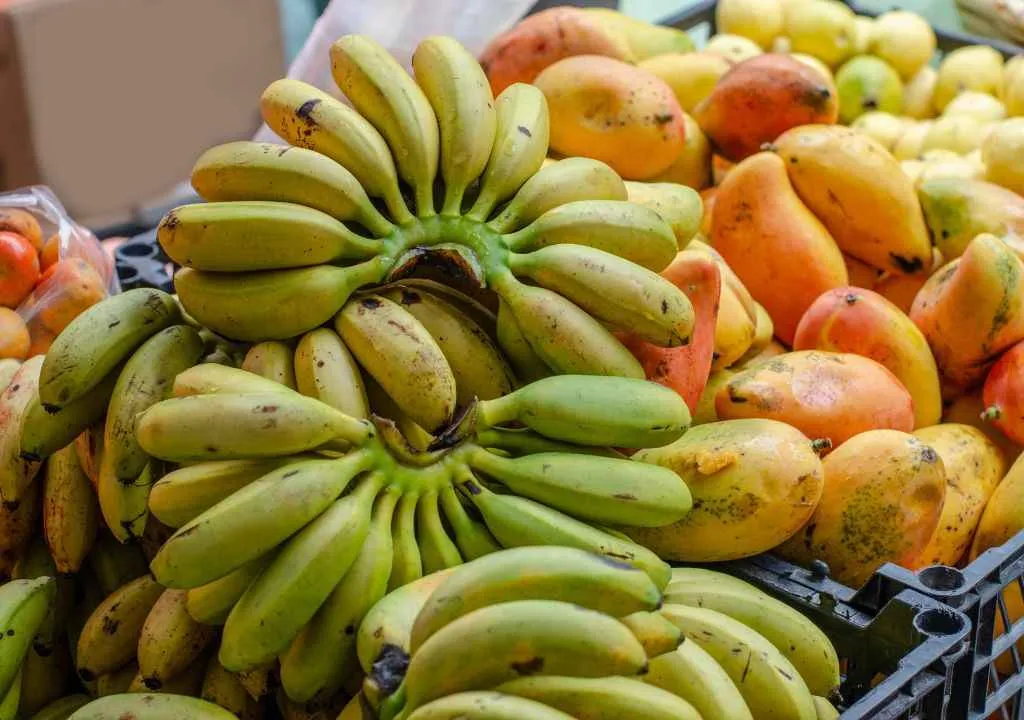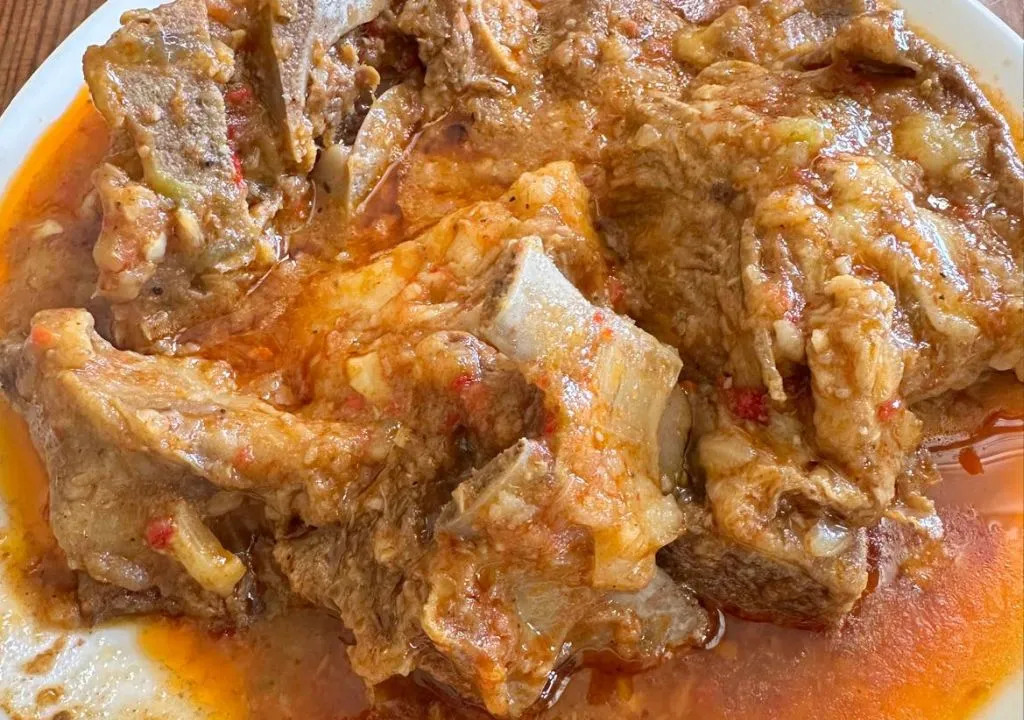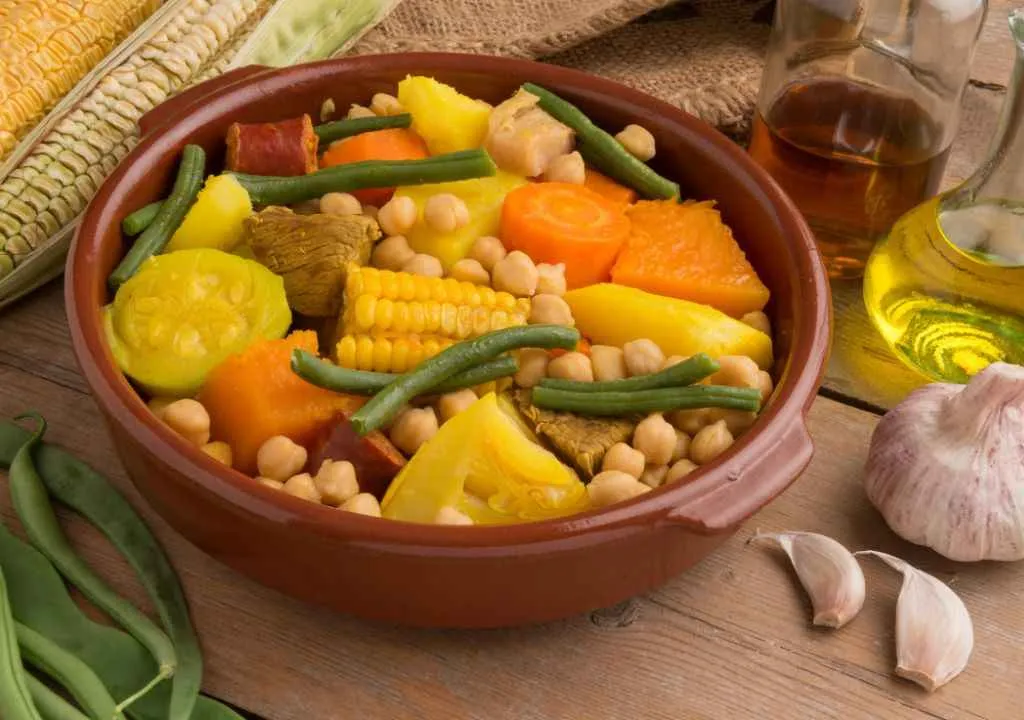In the Canary Islands, the potato is more than just food, it’s part of the local identity.
Known here as papa, this humble tuber arrived in the islands before anywhere else in Europe.
Records show that potatoes were present in the Canaries as early as 1567.
Since then, potato cultivation has become a symbol of the land, history, and Canarian cuisine.
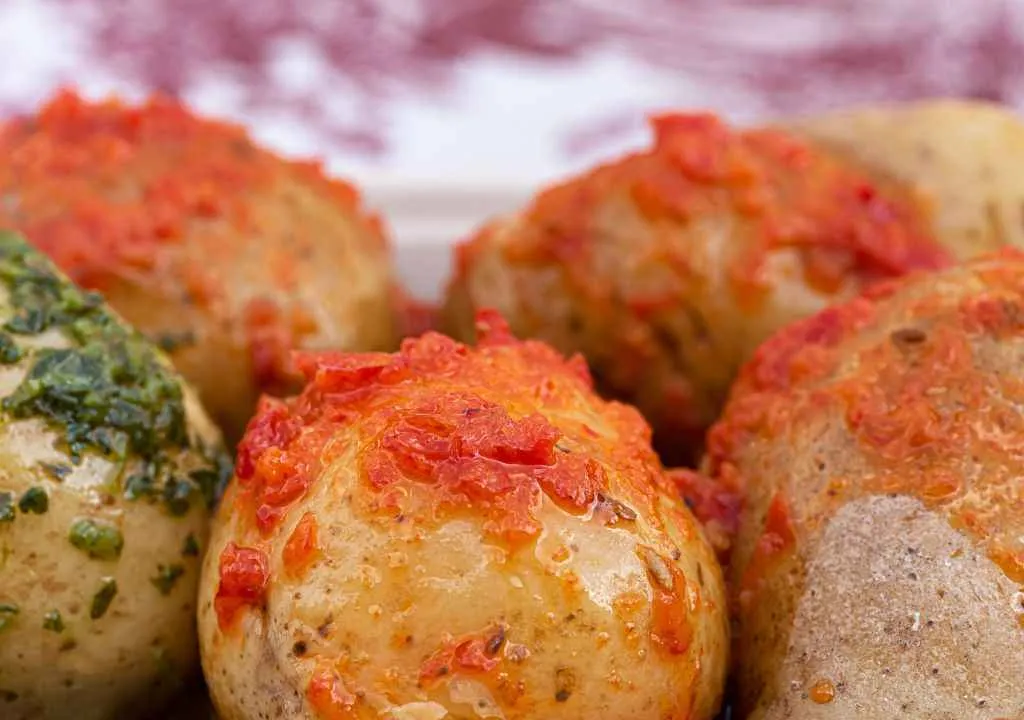
A Legacy Rooted in Volcanic Soil
For centuries, Canarians have cultivated potatoes using traditional farming methods, preserving unique ancient varieties.
While European crops evolved over time, the islands managed to keep many of the original strains from the Americas.
Today, potato farming covers about 9% of the agricultural land of the archipelago, with La Palma as one of its main producers.
Wrinkled Potatoes with Mojo, The Pride of Canarian Cuisine
If there’s one dish that represents the Canary Islands around the world, it’s papas arrugadas with mojo sauce.
These small potatoes, usually the bonita variety, are boiled in salted water, traditionally even in seawater.
As the water evaporates, a thin layer of salt forms on the skin, giving them their wrinkled look and distinctive flavor.
They are served hot, with the skin on, accompanied by the island’s most famous sauces:
- Red mojo picón, made with local chili peppers.
- Green mojo, prepared with coriander or parsley.
Local Varieties and Unique Flavors
La Palma cultivates over ten local varieties, each with its own taste and texture.
The black potato is the most prized, rare and intensely flavored, often reserved for special occasions.
Grown in volcanic soil and under a mild subtropical climate, these potatoes stand out for their rich flavor, thin skin, and culinary versatility.
Traveler’s Tip
Don’t leave La Palma without trying papas arrugadas with homemade mojo.
You’ll find them in nearly every traditional restaurant, often served with fresh fish, meat, or grilled goat cheese.

